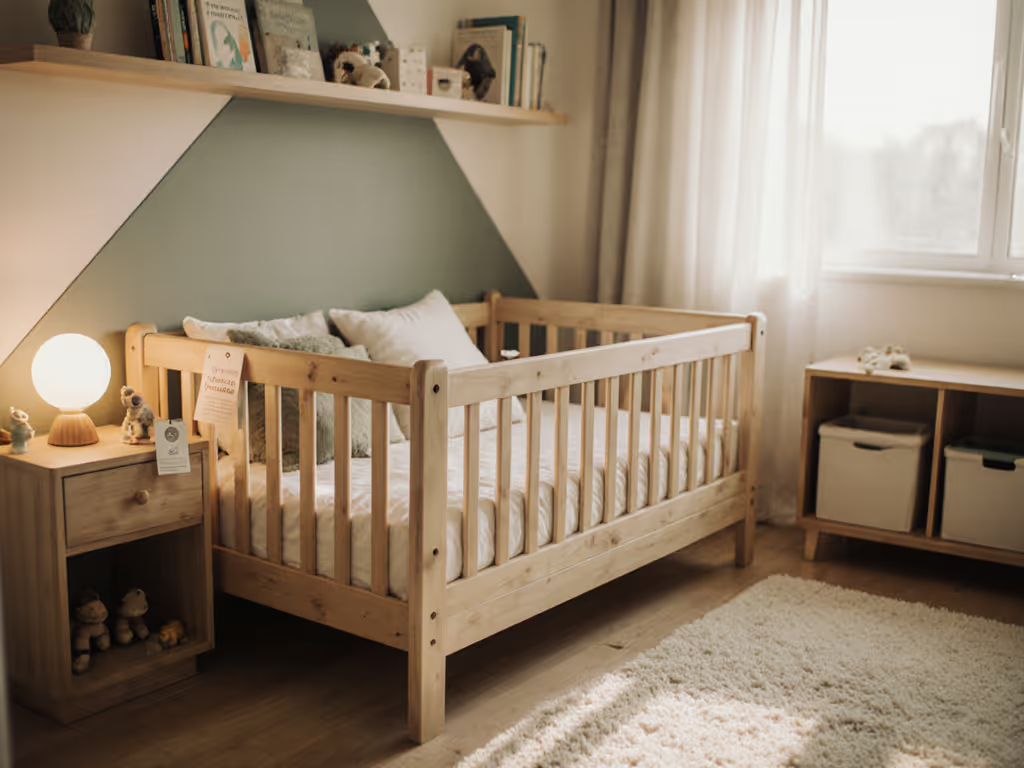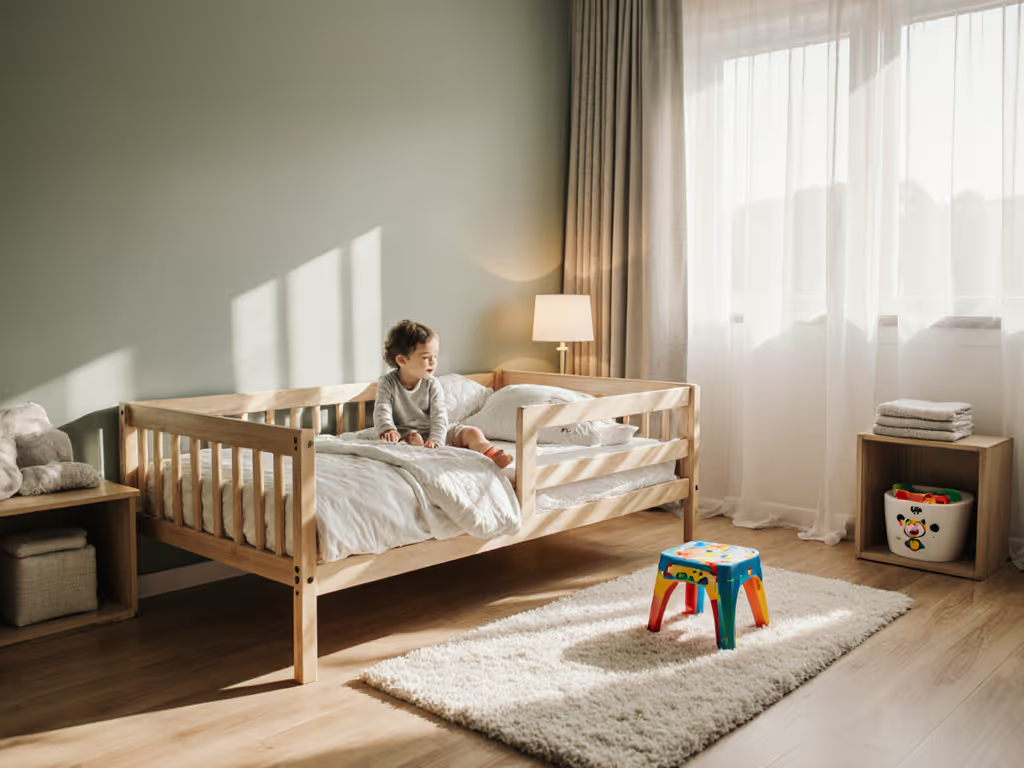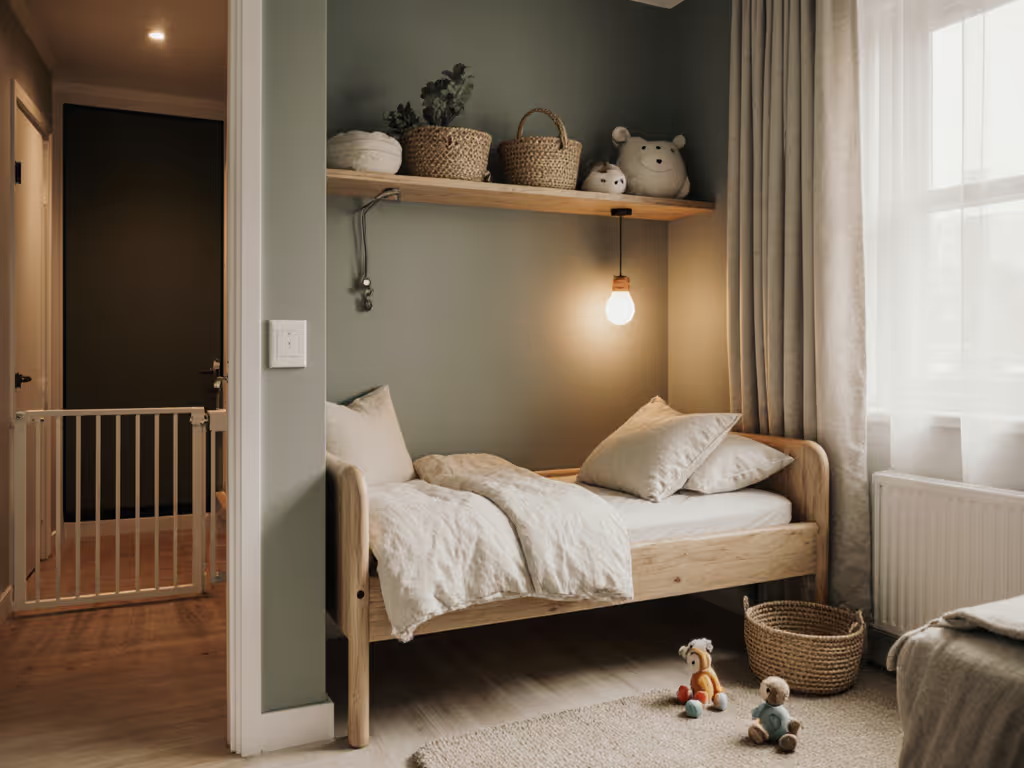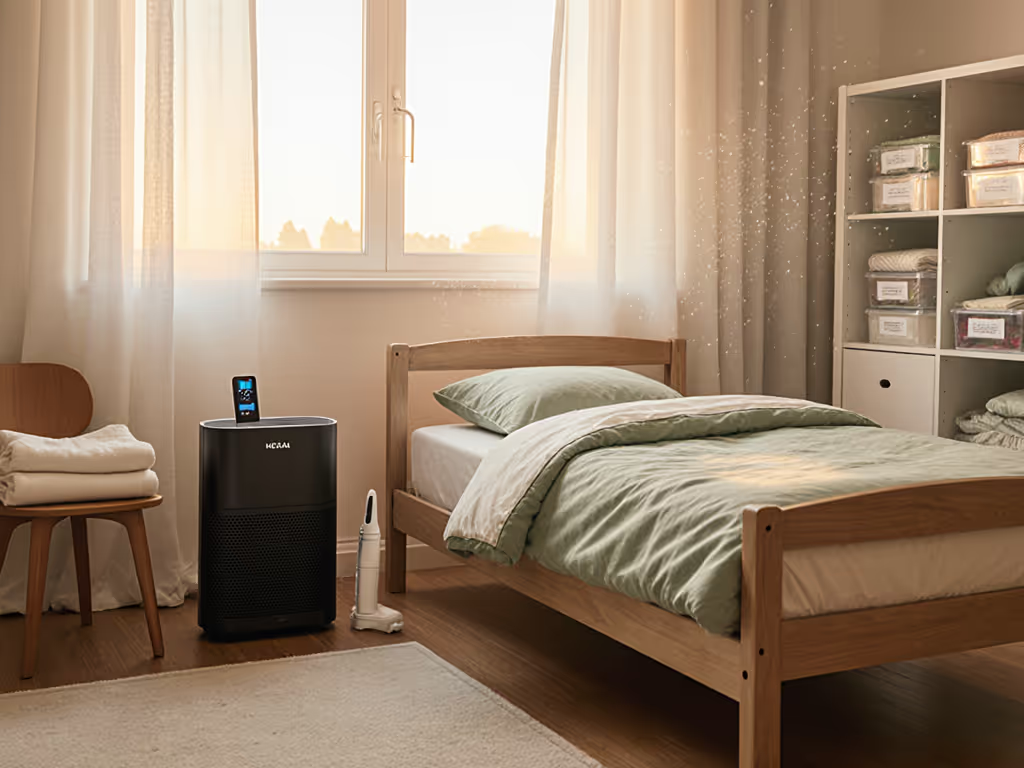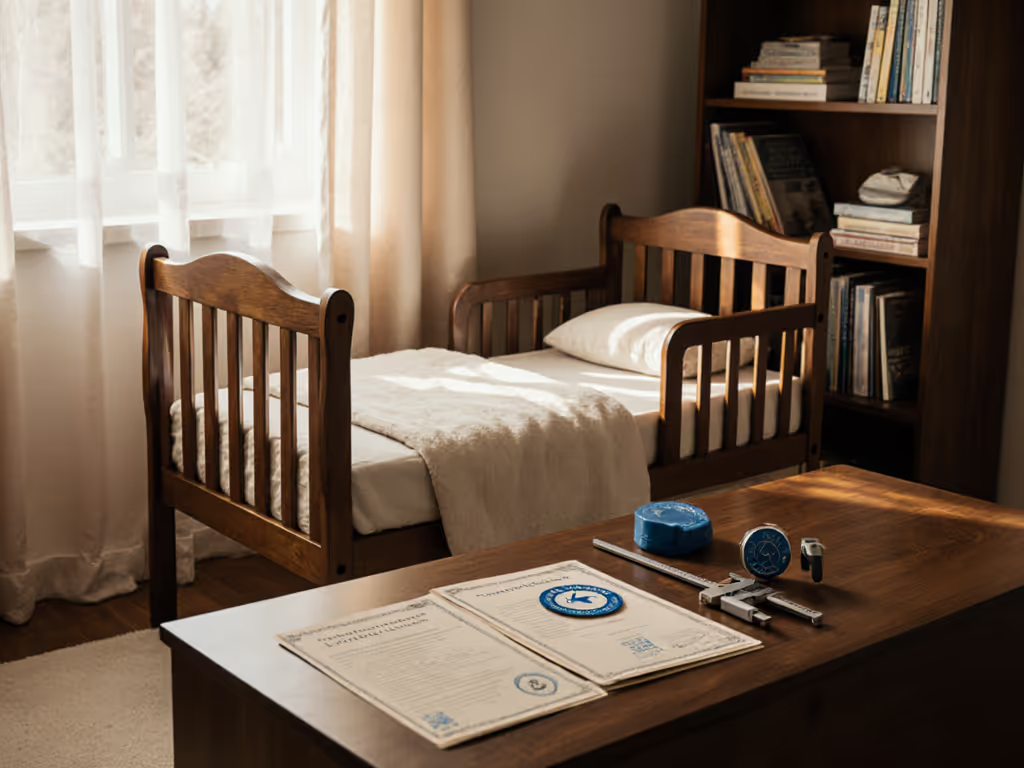
Active Toddler Bed Stability: Secure Sleep Guide

When your active toddler transforms bedtime into a trampoline session, toddler bed weight distribution becomes your silent guardian against midnight tumbles. Pair this with thoughtful active sleeper bed safety measures, and you'll create a sanctuary where restless sleepers stay safely grounded, especially crucial in cramped urban apartments where a toppled bed blocks the only escape route. As a parent educator who's guided hundreds of families through the crib-to-bed transition, I've seen how physics, not willpower, solves most nighttime chaos. The truth is simple: environment teaches behavior. When your child's surroundings align with their natural movements, cooperation follows with gentle transitions. Our daughter's nightly protests ended not with strict rules, but when we lowered her world, literally. Small changes in space, big changes in sleep.
Why Weight Distribution Matters for Active Sleepers
Toddlers aren't designed for stillness. As they twist, kick, and somersault through the night, uneven weight distribution strains bed frames in ways quiet sleepers never reveal. The CPSC reports over 1,800 injuries annually from toddler bed failures, often due to neglected structural weak points. For a room-level checklist on guardrails, gap rules, and layout, see our toddler bed safety guide. For space-conscious parents, this isn't just about safety; it's about survival in 500-square-foot studios where every inch counts.
The Physics of Playful Sleepers
Consider your child's 30 to 40 pound frame (or that post-nap pizza-fueled growth spurt!). When concentrated on one bed corner during a dream-induced dinosaur chase, they create a dynamic load far exceeding static weight limits. Most certified beds (like the DaVinci Sleigh Toddler Bed) carry 50-pound capacity, a ceiling calculated for worst-case scenarios, not just daily weight. Exceeding this invites rail detachment or frame collapse, especially in narrow rooms where beds get wedged against walls for space savings.
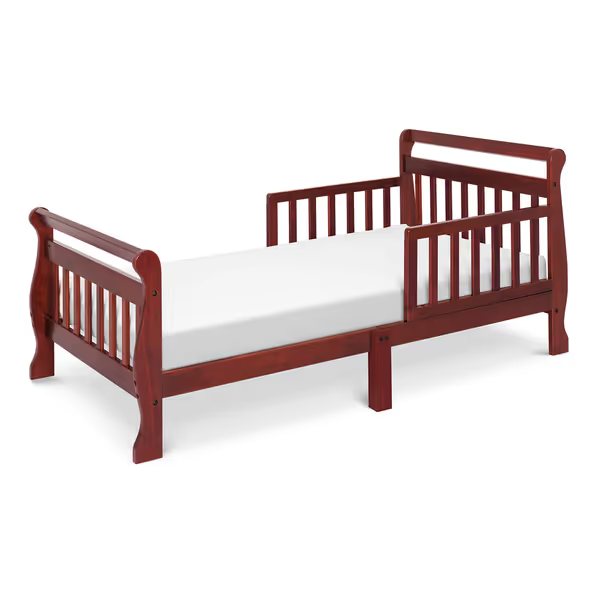
DaVinci Sleigh Toddler Bed
Critical insight: Weight limits aren't arbitrary numbers. They reflect the bed's weakest structural point (often joints or slat connectors). In micro-homes, where beds double as closet dividers or room borders, this stress multiplies. Watch for these red flags:
- Creaking during movement (indicates joint strain)
- Visible frame flex when pressed near rails
- Gaps wider than 3 inches between mattress and wall (entrapment risk per CPSC)
Mastering Center of Gravity in Tight Spaces
The Low-Profile Advantage
For renters in walk-up apartments or families sharing rooms, a low-to-floor design (under 18" height) is non-negotiable. Why? Physics. Lower beds shift the center of gravity downward, making them inherently resistant to tipping, even when little acrobats attempt seated "rock climbing." Beds with wide, stable legs (avoid spindly designs!) distribute force outward, preventing that dreaded thud at 3 a.m. when momentum meets instability.
In cramped layouts, every millimeter of clearance matters. Beds positioned flush against walls need at least 9" of space to prevent dangerous gaps where limbs might slip through during sleep. Measure twice, your floor plan will thank you.
Strategic Placement for Safety & Space
That "cozy corner" setup? It might backfire. Preventing bed tipping requires room to breathe:
-
Corner rule: Place beds diagonally in corners so both side rails face open space. Never tuck rails flush against two walls, that creates double entrapment zones.
-
Sibling solutions: For shared rooms, offset beds perpendicular to each other. This creates dual wind-down corners while keeping pathways clear for midnight potty dashes.
-
Renter hack: Use non-marking rubber pads under all legs to anchor frames without damaging floors. This counters sliding during active sleep while preserving your security deposit. For anchoring methods and whole-room hazard checks, use our childproofing bedroom guide.
Practical Tweaks for Bulletproof Stability
Your 5-Minute Safety Audit
Before bed assembly, conduct this space-smart checklist: For ongoing safety beyond setup, follow our toddler bed maintenance checklist.
-
Slat spacing check: Ensure gaps between slats are <= 2.5" (a quarter won't fit through? Good!). Wider gaps mean poor mattress support, critical for bed stability for toddlers.
-
Wobble test: Press down firmly on all four corners. If legs lift or joints shift, reinforce with rubber furniture pads.
-
Clearance scan: Measure 12" out from all bed sides. Can doors swing fully? Is the closet accessible? If not, pivot the bed 90 degrees.
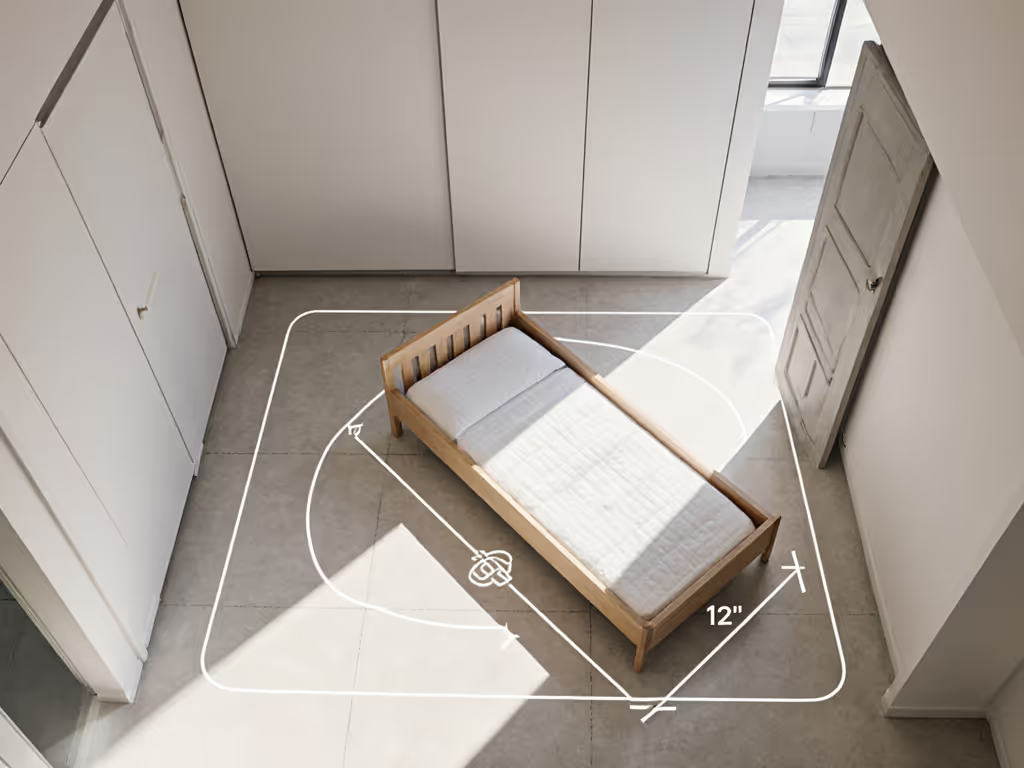
The Self-Serve Setup
Montessori-aligned spaces thrive on predictable cues. For active sleepers, this means:
-
Reachable guardrails: Lower rails to hip-height so toddlers can pull themselves back in after rolling out, no panic, no wake-up. (Our floor bed taught our daughter this instinctively.)
-
Anchor points: Attach beds to closet sides or bookshelves (renter-friendly with tension rods!) to eliminate lateral movement. Never rely solely on wall-adjacent placement.
-
Strategic padding: Place crash mats only on the "fall zone" side (e.g., between bed and window). This contains space while cushioning tumbles.
Your Action Plan for Calmer Nights
Tonight, reclaim your evenings with these steps:
-
Measure your child's active zone: Stand where they sleep and mimic their rolling patterns. Mark the 18" radius where they might tumble, ensure this space is clear and padded.
-
Verify weight capacity: Cross-check your bed's rating against your toddler's current weight plus 10 pounds (for growth spurts). When in doubt, choose beds with reinforced center supports like the DaVinci's solid pine construction.
-
Create a self-serve safety ritual: Place a single step stool beside the bed. Teach your child to "check the rails" before climbing in, this builds ownership while ensuring rails are locked.
In tiny homes, sleep safety isn't just about sturdy frames, it's about designing spaces that anticipate movement. When your toddler's bed respects their need for motion within safe boundaries, you'll trade battles for bedtime harmony. The room itself becomes the reminder. Start with one adjustment tonight: measure that wall gap, check slat spacing, or add non-slip pads. You'll join the tribe of parents who discovered that small changes in space, big changes in sleep isn't just a phrase, it's the secret to getting your evenings back.
P.S. For renter-friendly bed anchoring solutions using household items, join my free "Tiny Room Sleep Resets" workshop, sign up below for the November 15 session.

